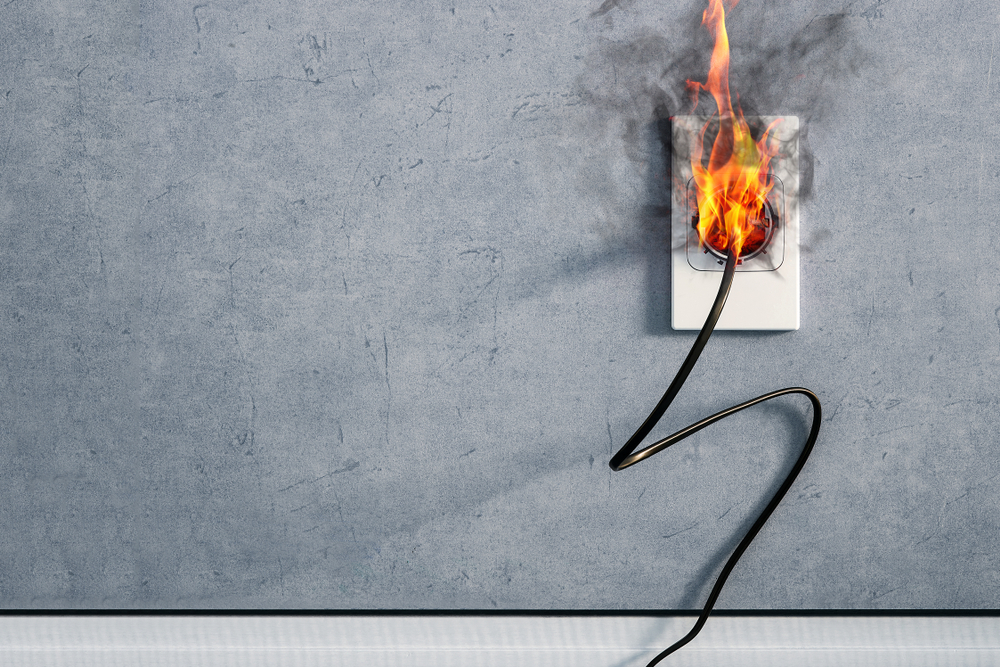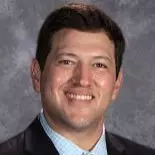Working with electricity can be dangerous, but training programs provide electricians with the knowledge they need to handle electric devices, wires, and circuits.
To avoid common electrical injuries, electricians should not perform work that they have not been trained to do.
Here are some tips to stay safe on the job.
Types of Workplace Electrical Injuries
- Electric shock
- Burns
- Falls
- Electrocution
Injuries can be caused by direct contact with electrical circuits or energized conductors, or exposure to an electric arc (from exposed energized conductors or circuits). Electric arc flashes generate light and heat that can injure eyes and skin. Arc flashes also release pressure, called arc blasts, which can collapse your lungs, cause physical injuries, or create noise that can damage your hearing.
Common Electrical Hazards
Most workplace injuries are a result of:
- Poorly installed, faulty, and/or ill-maintained equipment
- Bad wiring
- Overloaded or overheated outlets
- Use of flexible leads and extension cables
- Incorrect use of replacement fuses
- Use of electrical equipment with wet hands or near a source of water

Common Electrical Hazards
Electrician Safety Tips
Know Your Rights
Just like any other worker, electricians have the right to a safe workplace. The Occupational Health and Safety Administration (OSHA) exists to protect worker rights. Check OSHA’s website for relevant laws and helpful information so you are familiar with your rights as a worker.
Wear Personal Protective Equipment
Wearing sufficient and reliable safety gear is one of the most important parts of staying safe in the workplace.
You should use:
- Insulated gloves to protect your hands from electrical currents
- Hard hats to reduce injury from falling debris and dangling electrical wires
- Ocular protection like safety glasses
- Safety shoes
- Flame-resistant clothing
- Flame-retardant equipment
OSHA has specific guidelines for what is considered sufficient personal protective equipment when working with electricity.
Be Ready for Anything
Preparation is important to reduce the risk of a potentially dangerous accident. When working on an electrical job, consider what could possibly go wrong, and come equipped with everything you’d need to handle it.
Don’t Go Beyond Your Training/Qualifications
If you do not have the training needed to handle a particular task, don’t take it on.
Never Assume Wires Are Safe
Always assume that wires are charged, even if the wires appear insulated or are down. Don’t use conductive tools near electrical parts.
Avoid Water
Never operate electric equipment of any kind or attempt to repair any type of electric device if you are standing in water. Check if a client’s electronic equipment is wet before attempting to turn it on.

Electrician Safety Tips
Ensure Safe Use When Unplugging
When disconnecting electric devices, gently pull the plug rather than aggressively tugging at the cord. Doing so can damage the cable and lead to electrocution.
Test Before You Touch
The only way to know whether a circuit or any other electrical component is safe for you to touch is to test it. The easiest way to test a component for the strength of the current is by using a device called a multimeter.
Multimeters produce a reading, typically in volts, of how strong the current is and whether it’s weak enough for you to touch. Multimeter readings also help you troubleshoot electrical issues.
Tidy Electrical Cords
Ensure any exposed electrical cords are properly tucked away in an area where they cannot be stepped on, tripped over, exposed to children or animals, severed, etc.
Investigate Flickering Lights
Check flickering lights. They can often be caused by a loose connection or the bulb needing to be fastened or replaced.
Only Use Equipment for Its Intended Purpose
Manufacturers design to be used in specific ways with specific techniques. Misuse can result in broken equipment or bodily injury. For example, a screwdriver should not be used as a makeshift multimeter.
Check Every Location for Hidden Safety Hazards
Before beginning work in a client’s home or office, check for serious electric hazards. These include warm outlets and switches, overloaded electric outlets, and extension cords running over a carpet or doorway. Make sure that ground fault circuit interrupters have been installed in kitchen areas, bathrooms, basements, and outdoor areas and that the building has arc fault circuit interrupters to protect electrical outlets.
Prioritize Safe Driving
Optimize scheduling so you don’t rush from one job to the next, and communicate with customers so they know exactly when you’ll arrive.
Dispatch the Right Tech
Match jobs with techs that have relevant experience. When techs possess the right knowledge and skills for the job, it ensures safety and efficient work.
Spark your career with hands-on training!
Empower your future with hands-on electrician training at Erie Institute of Technology – where sparks lead to success! ⚡
Work in an In-Demand Field
If you’re interested in working on the systems that keep homes, businesses, and factories up and running, you should consider enrolling in an electrician training program in Erie. The demand for electricians is growing, and the best way to kickstart your career is to complete Erie Institute of Technology’s Electrician Program.
Upon completion of this 15-month program, you’ll be prepared to maintain electrical systems and install them in new construction.
Apply online today or learn more about our skilled trade programs.
About Author:

Ross Aresco
CFO
Ross Aresco is the CFO of Erie Institute of Technology. Erie Institute of Technology (EIT) is an Erie Pennsylvania technical/trade school providing training programs for medical, computer, electronics, manufacturing, and technology careers. EIT offers programs in many different areas to suit your interests and talents.
